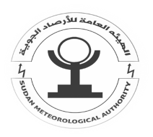Report:Seasonal Rainfall and Temperature Forecast for JJAS 2024
Ministry of Irrigation and Water Resources Sudan Meteorological Authority
Date: June 3, 2024
Location: Coral Hotel - Port Sudan
Theme: "A Coordinated Early Warning System for Early Action"
1- Introduction
The first Sudan National Climate Forum (SUNCOF1), organized by the Sudan Meteorological Authority (SMA) and the National Council for Civil Defense (NCCD) on June 3, 2024, marks a significant step toward addressing climate issues, particularly in light of the challenges Sudan and its people face due to climate change and variability. This includes
increased weather and climate extremes, alongside the complications caused by the imposed conflict on the country, destroying resources, institutions, and infrastructure, and hindering the normal lives of Sudanese citizens. Extreme weather and climate threaten the economic, social, and sustainable development of many countries, including Sudan.
The forum aimed to review and update the map of sectoral partners, expand their participation, Understand and identify their needs for climate services and information, bring together these sectors with the SMA, collaboratively produce climate information to enhance and develop the Authority's climate services for these sectors, increasing their effectiveness, and build a common platform for coordination and
communication.
The forum also included the announcement of the seasonal rainfall and temperature forecast for the (June-September) (JJAS) 2024 season and identifying potential risks associated with these forecasts, highlighting available opportunities, and issuing recommendations, advice, and guidelines to assist in developing strategies for managing climate-vulnerable economic and social sectors to mitigate potential risks.
The forum witnessed active participation from users of climate information, including partners from relevant sectors like disaster management, agriculture and food security, livestock, water resources, health, media, and civil society organizations.
2- Seasonal Rainfall and Temperature Forecast for JJAS 2024:
The seasonal rainfall forecast for the JJAS 2024 season was based on statistical and numerical models considering sea surface temperatures and Sudan's historical rainfall data. Satellite-derived rainfall estimates were also used, enhanced with rainfall gauge data from the base climatic period (1991-2020). (Figure 1)
Global climate centers accredited by the World Meteorological Organization suggest a likelihood (85%) of the equatorial oceans transitioning from a warmer-than-average state (El Niño) to a neutral state by April-June 2024. A 60% chance exists for transitioning to a cooler-than-average state (La Niña) lasting until October 2024. These climate centers also indicate an increased likelihood of a cooler-than-average state in the eastern Indian Ocean and warmer temperatures in the western Indian Ocean, transitioning from a neutral state to a positive state during the season.
El Niño and negative Indian Ocean Dipole conditions are associated with rainfall deficits and droughts in Sudan. In contrast, La Niña, positive Indian Ocean Dipole, and neutral conditions are linked to high humidity and heavy rainfall in Sudan.
sudan( jun_september) rainfall climatology (1991-2020)
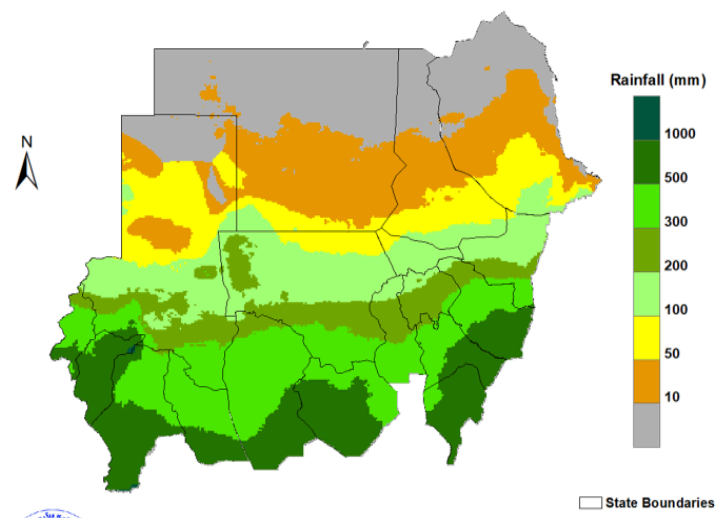
Figure 1: Climatic Averages of Rainfall for Different Regions of Sudan
3- Seasonal Rainfall Forecast JJAS 2024:
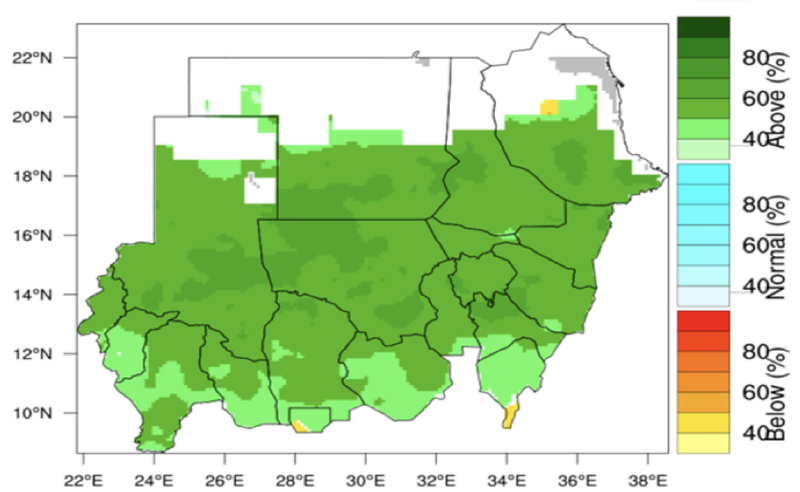
Figure 2: Seasonal Rainfall Forecast (JJAS 2024)
The JJAS season is crucial for Sudan's rainfall, accounting for over 80% of the country's annual rainfall and exceeding 95% in central and northern regions. This season is vital for agricultural, pastoral, and water resource activities.
The forecast for this JJAS 2024 season (Figure 2) predicts rainfall with varying probability levels ranging from 55% to 65% above climatic averages in most states of the country.
A 65% probability of rainfall above climatic averages is predicted in some areas: (Western Red Sea State, Western Sennar State, Central Nile River State, and White Nile State, Central and Northern North Kordofan States, and Northern Darfur State). Most states in Sudan are expected to experience rainfall 55% above climatic averages, except for the northern parts of Red Sea State, Nile River State, Northern State, and Northern Darfur State, where rainfall is expected to be close to climatic averages.
Seasonal forecasts for the Ethiopian Highlands and Eritrea suggest a 45-55% likelihood of rainfall exceeding climatic averages during this season.
Analysis of standardized precipitation index (SPI) values for the four months ending on September 30, 2024, indicate a forecast of moderate to normal humidity in most states of Sudan.
4- Monthly Rainfall Forecasts:
4.a. June 2024:
Forecasts for June 2024 (Figure 3) indicate an increased chance of rainfall within the range of average to below average in the states of (Blue Nile, East, and West, and Central Darfur, and the western parts of West Kordofan), and above climatic averages in the states of South Kordofan and West Kordofan.
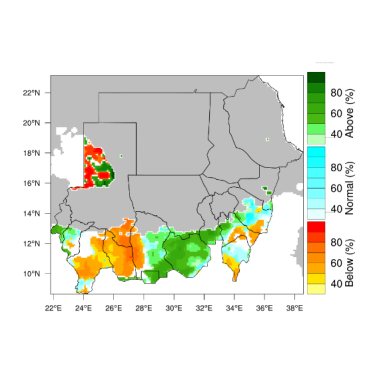
Figure 3: Monthly rainfall forecast (June 2024)
4.b. July 2024:
Forecasts for July 2024 (Figure 4) indicate an increased chance of rainfall within the range of climatic average to below average in the states of (Blue Nile, the extreme south of South Kordofan, and the western parts of South Darfur and West Darfur) and above climatic averages with a 40-70% probability in the remaining states of the country.
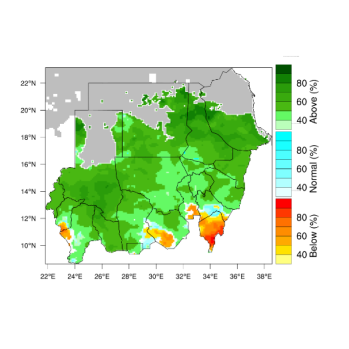
Figure 4: Monthly rainfall forecast (July 2024)
4.c. August 2024:
Forecasts for August 2024 (Figure 5) indicate an increased chance of rainfall within the range of average to below average in the states of (West and Central Darfur, and the south of Blue Nile) and above climatic averages with a 40-70% probability in all other states of the country.
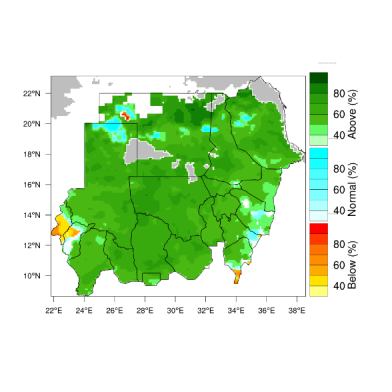
Figure 5: Monthly rainfall forecast (August 2024)
4.d. September 2024:
Forecasts for September 2024 (Figure 6) indicate an increased chance of rainfall within the range of average to below average in the states of (West Kordofan, Central, and West Darfur), and within the range of climatic averages and above climatic averages with a 40-70% probability in all other states of the country.
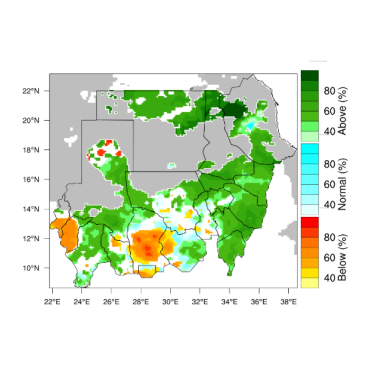
Figure 6: Monthly rainfall forecast (September 2024)
5- Start of the Rainy Season
A normal start to the rainy season is expected this year (June-September) 2024 (Figure: 7, 8): in most states of Sudan, with relatively early starts in some scattered areas in several states and relatively late starts in West and Central Darfur.
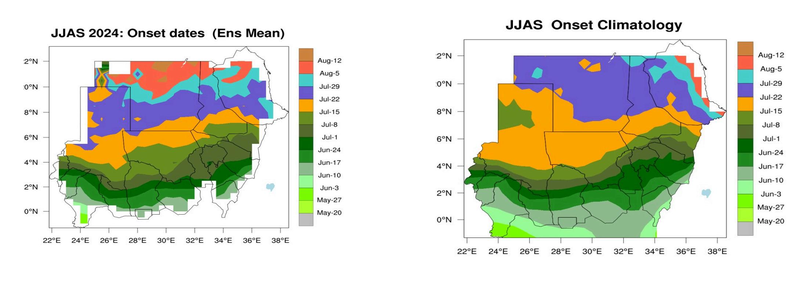
Figure 7: (A) Average model dates for the start of the rainy season (June- September) 2024, (B) The climatic average for the start date of the season (June - September) 2024
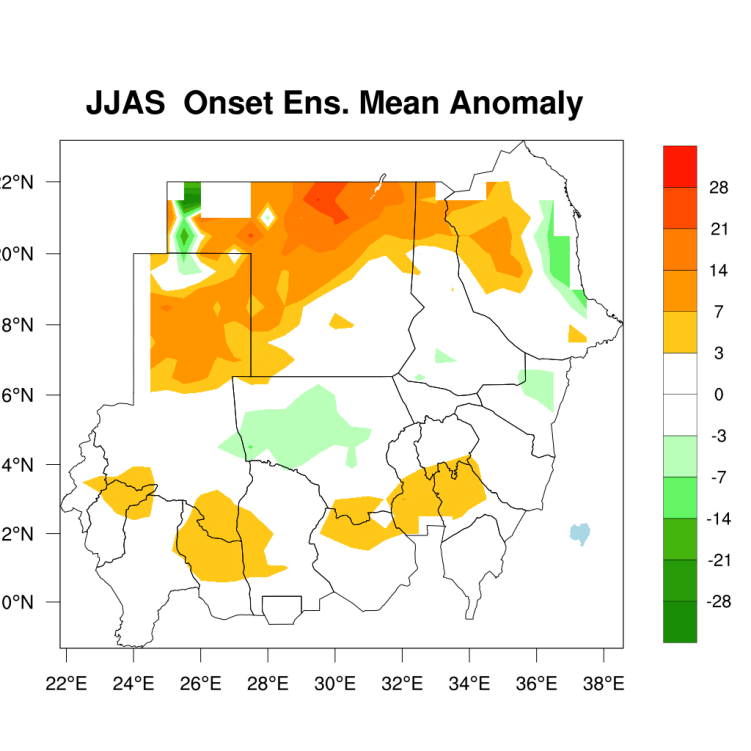
Figure 8: Deviations from the climatic average for the start of the season (June-September) 2024
6- Standardized Precipitation Index (SPI):
The results of the analysis of the standardized precipitation index (Figure 9) for the period from the beginning of June to the end of September 2024 indicates moderate moisture conditions during this season in Sudan.
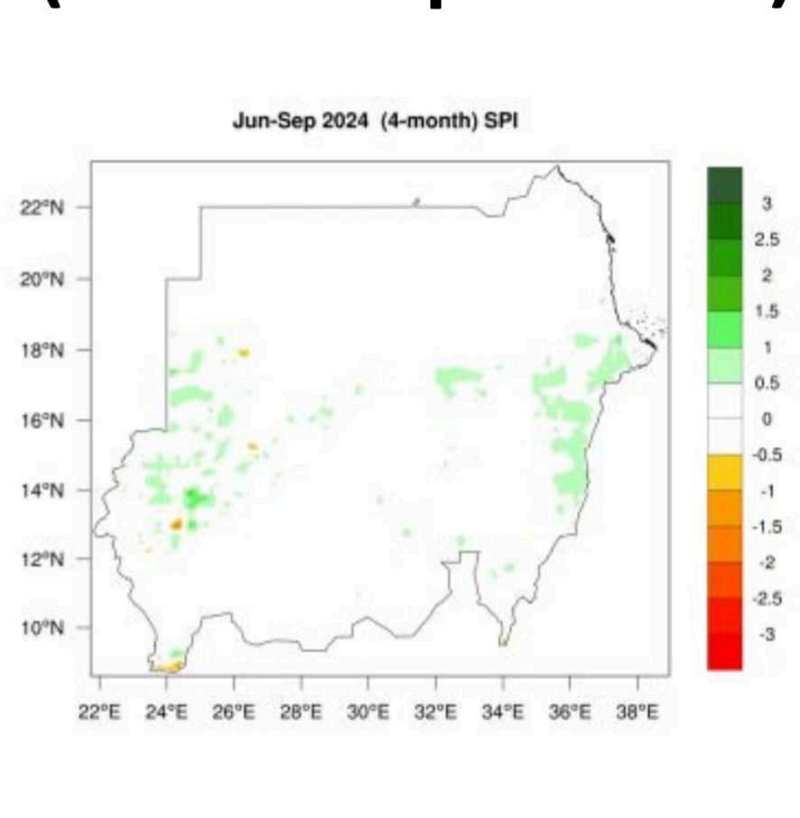
Figure 9: Standardized Precipitation Index (SPI) for the months (June - September) 2024
7- Dry-spells and Wet-spells:
Figures (10, 11) show details of drought periods and wet periods during the June-September season, which are close to their climatic averages in most parts of the country.
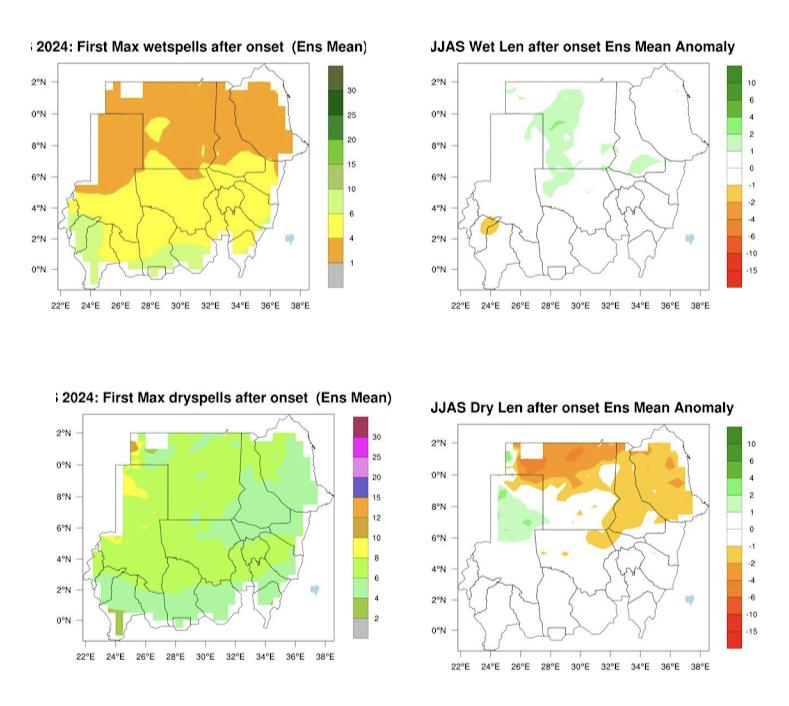
Figure 10: (A) Deviations from the model average for the duration of wet spell periods after the start of the June-September 2024 season, (B) The model average for the longest initial wet spell after the start, (C) Deviations from the model average for the start of wet spell periods after the start of the June-September 2024 season, (D) Dates of the longest peak wet spell after the start of the June-September 2024 rainy season.
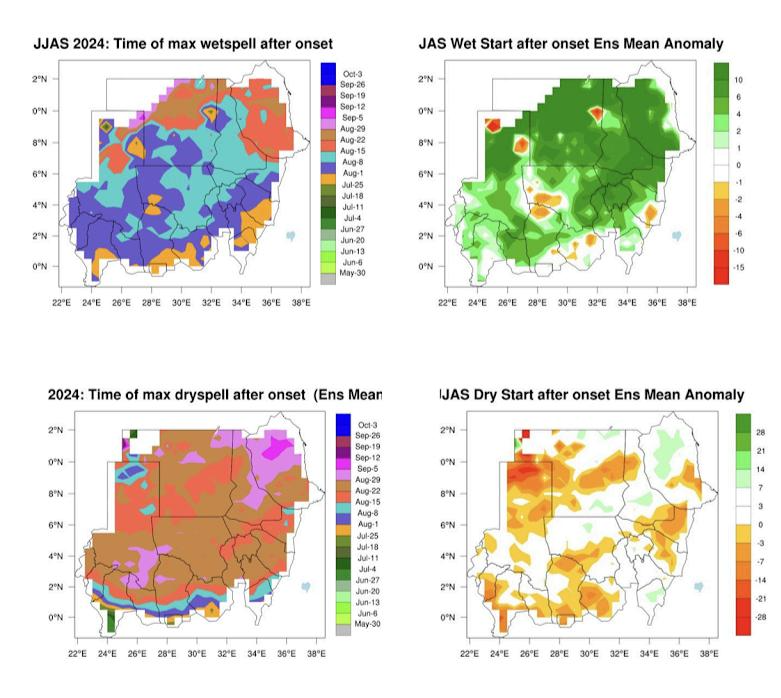
Figure 11: (A) Deviations from the model average for the duration of dry spell during the June-September 2024 season, (B) The model average for the first longest dry spells after the start of the June-September 2024 rainy season, (C) Deviations from the model average for the duration of dry spells after the start of the June-September 2024 season, (D) The model average for the dates of the first dry spells after the start of the June-September 2024 rainy season.
8- Seasonal Temperature Forecasts (June-September) 2024:
During this season, there is a (60-90%) probability that the average temperature will be higher than the climatological average in most states of Sudan, and a (90-95%) probability that it will be higher than the climatological average in Red Sea State, Northern State, River Nile State, and North Darfur State (see Figure 12). June 2024 is expected to be the hottest month of the season, while August is expected to be the coolest.
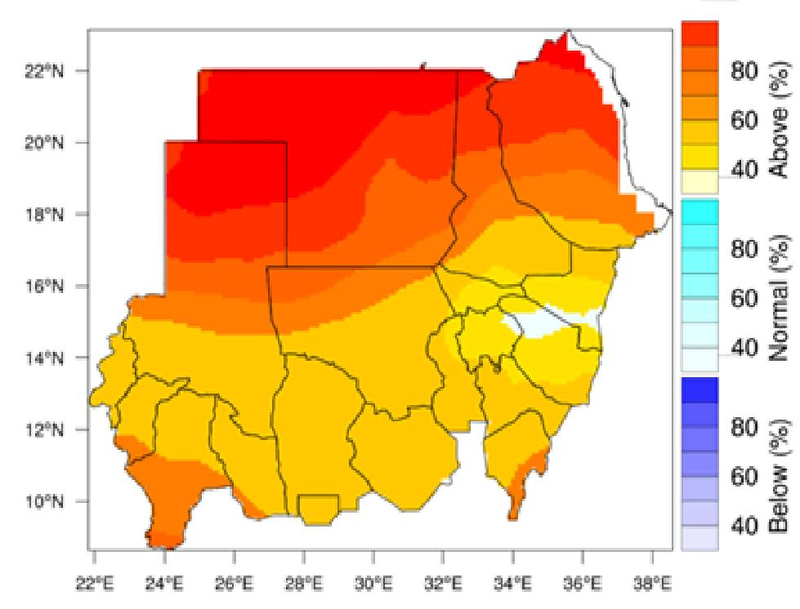
Figure 12: Seasonal temperature forecast (June - September 2024)
8.1. June 2024:
During this month, there is a (60-90%) probability that the average temperature will be higher than the climatological average in most states of Sudan, and a (90-95%) probability that it will be higher than the climatological average in Red Sea State, Northern State, River Nile State, and North Darfur State. June 2024 is expected to be the hottest month of the season (see Figure 13).
8.2. July 2024:
During this month, there is a (60-90%) probability that the average temperature will be higher than the climatological average in the states of Red Sea, River Nile, Northern and North Darfur, and a (40-60%) probability that it will be higher than the climatological average in the rest of Sudan's states (see Figure 13). The states of Gedaref, the southern parts of Kassala, Sennar, and White Nile will have the lowest temperatures during this month.
8.0. Monthly Temperature Forecasts:
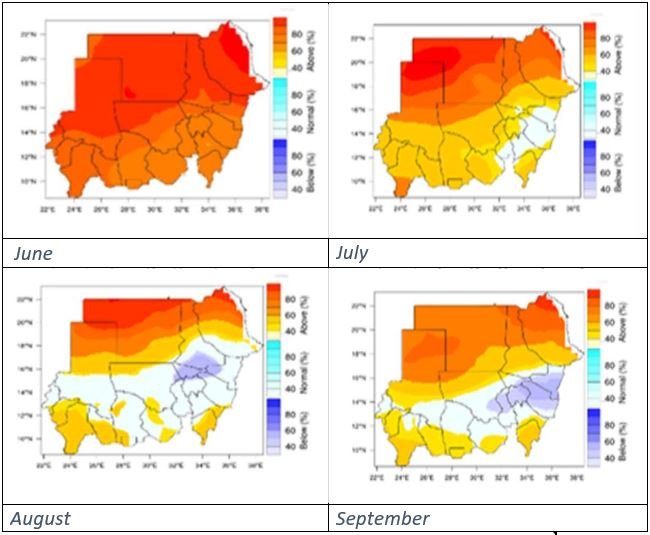
Figure 13: Monthly mean temperature forecast
8.3. August 2024:
During this month (see Figure 13), there is a (60-90%) probability that the average temperature will be higher than the climatological average in the extreme north of the states of Red Sea, River Nile, Northern, and North Darfur. There is also a (40-60%) probability that it will be higher than the climatological average in the states of Blue Nile, East, South and Central Darfur, the southern regions of South and West Kordofan, the Red Sea and River Nile states, the central regions of North Kordofan and North Darfur, and within the normal to lower range in the states of Kassala, Gedaref, Sennar, Gezira, White Nile and Khartoum.The northern parts of South and West Kordofan and South Darfur are expected to have temperatures within the climatological average.
8.4. September 2024:
During this month (see Figure 13), there is a (60-90%) probability that the average temperature will be higher than the climatological average in the extreme north of the states of Red Sea, River Nile, Northern, and North Darfur. There is also a (40-60%) probability that it will be higher than the climatological average in the states of Blue Nile, East, South and Central Darfur, the southern regions of South and West Kordofan, the Red Sea and River Nile states, the central regions of North Kordofan and North Darfur, and within the normal to lower range in the states of Kassala, Gedaref, Sennar, Gezira, White Nile and Khartoum.
The northern parts of South and West Kordofan and South Darfur are expected to have temperatures within the climatological average. June is expected to be the hottest month of the season followed by July. August is expected to be the coolest month followed by September.
Gedaref State is expected to be the coolest state in Sudan during this season.
9- Summary:
A. The global and Indian Ocean sea state forecasts, which are key factors influencing the seasonal climate, have indicated a transition from a state of higher than average equatorial ocean surface temperatures (El Niño) to a neutral state. El Niño is associated with reduced rainfall and drought conditions in areas of North Horn of Africa countries, including Sudan. The forecasts also indicated a transition from a neutral state to a state of lower than average equatorial ocean surface temperatures (La Niña) by the end of this summer. La Niña is
associated with high humidity and heavy rainfall (the level of humidity and amount of rainfall vary depending on the strength of the phenomenon).
B. As the Indian Ocean Dipole (IOD) forecast indicates a warmer-than-average Western Indian Ocean and a cooler-than-average Eastern Indian Ocean, reflecting a positive IOD, this condition will transition to neutral by the end of the season. This shift could support heavy rainfall in northern and eastern parts of the Horn of Africa, including Sudan.
C. During this season, rainfall is anticipated to be above the climatological averages in most Sudanese states with varying proportions.D. Surface temperatures are also expected to be higher than the climatological averages by significant percentages. Temperatures will increase towards the north, reaching their highest levels in the east (Red Sea State), north (Northern and Nile States), and northwest (North Darfur State).
E. Humidity levels are expected to be within or slightly above the climatological averages in most Sudanese states.
F. A normal start to the season (June-September) 2024 is anticipated. The rain belt is expected to move northward, reaching central regions by early September.
G. The Authority will update this forecast monthly and publish any emerging developments.
H. The highest temperatures for this season are expected in June and July in the Red Sea, Nile, Northern, and North Darfur states. The lowest temperatures are anticipated during August and September in the Gedaref, Kassala, Khartoum, and White Nile states.
Note: The Authority will update and publish this forecast on monthly basis.
Sudan Meteorological Authority
Africa Street - P.O. Box 574
Tel: +249183778836/7
Website: www.meteosudan.sd
Email: info@ersad.gov.sd
